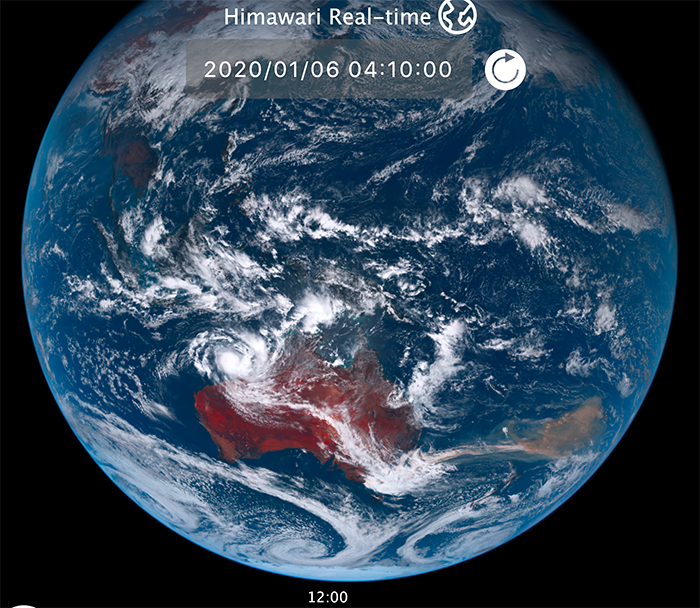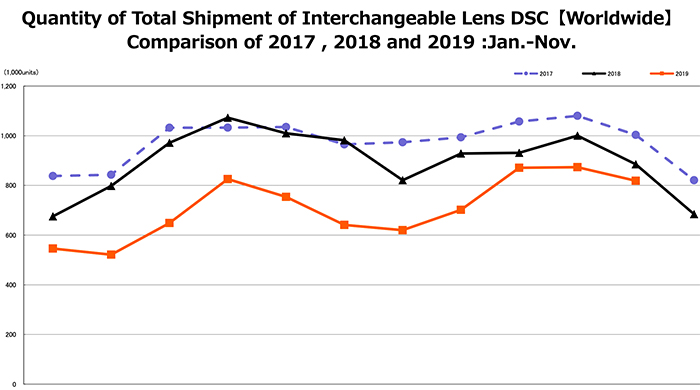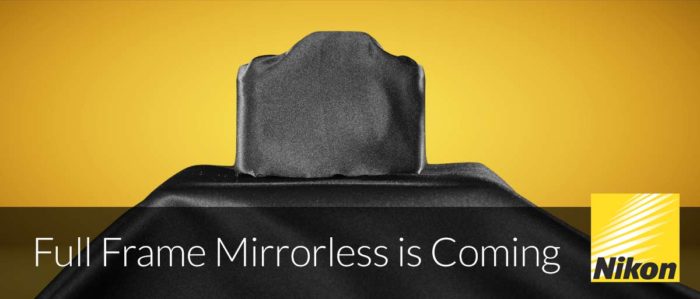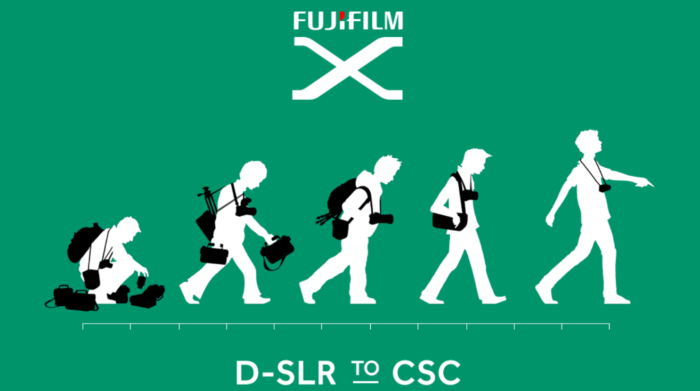Officially announced: Hasselblad XCD 45mm f/4 P Lens
Today Hassleblad announced this new 45mm f/4.0 lens which you can proerder now for $1,099 at BHphoto.
Today Hassleblad announced this new 45mm f/4.0 lens which you can proerder now for $1,099 at BHphoto.
The first mirrorless related gear of the year has been announced by Nikon! You can see full specs of the new Nikon NIKKOR Z 70-200mm f/2.8 VR S Lens at BHphoto.
Now it’s time to look ahead to the next announcement from Fuji in late January….and in February ALL companies will announce new gear too :)
View this post on InstagramA post shared by Anthony Hearsey (@anthony_hearsey) on
Anthony Hearsay posted this image he created to visualize all Australian Fires that happened the last month. While the data he took is accurate (Source: Firms) it is important to underline that this is a rendering and the glow exaggerated.
A more accurate image is todays image from the Japanese Himawari satellite:

Still, what matters is that this is a big disaster for Australia and I corss my fingers everything will be over soon for them!

As expected also November camera shipments set a new low record. Now it’s time to take a bet: Will 2020 be te year the downtrend will stop?

Steve Dent from Engadget writes:
For cameras and photographers, 2019 was another banner year… but for manufacturers? Not so much. Sales were down in all categories as of mid-year because everyone just uses their smartphones now. If the market keeps falling, however, not every manufacturer might last until 2021. Olympus has become a forgotten manufacturer as it failed to create any excitement with its latest 2019 products, the OM-D E-M5 III and E-M1X cameras. However, the company has denied that it’s in any kind of trouble.
Here are Steve Ideas to improve camera sales:
So what can manufacturers do to keep consumers interested? They could try to make them easier to use, with AI and other tricks — much as smartphones have. Fujifilm, for one, introduced a smartphone-like auto HDR feature that should be standard on every camera. Frustratingly, Sony has incredible face-tracking and other technology, but it’s still complicated to use.
If buyers figured they could easily take much better photos with a mirrorless camera or DSLR, they might be more tempted to buy. But frankly, it seems more and more that manufacturers will only be selling to enthusiasts and pro users, or to older buyers who still prefer cameras over smartphones. As it stands right now, it’s simply easier to shoot and share photos on a smartphone, and it’s not likely we’re going to see anything to change that.
–

2020 has come and I wish you all a Happy New Year!
As far as it goes with camera news we should have Nikon, Canon and Fuji announcements in January and early February. And at the CP+ show in late February we shall get some news room Olympus, Panasonic and Sony too. Bukle up!